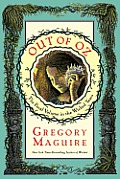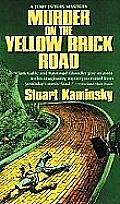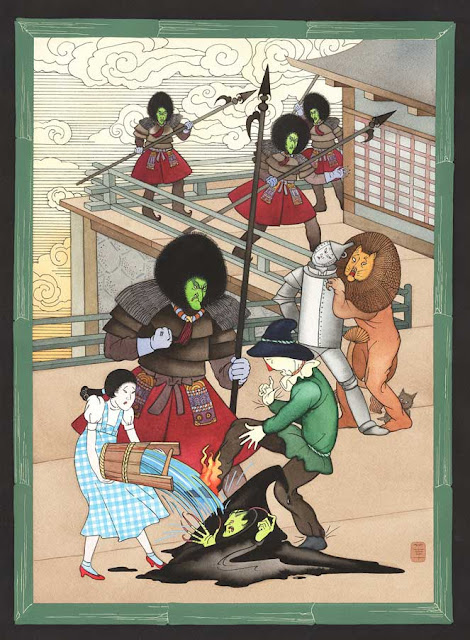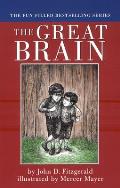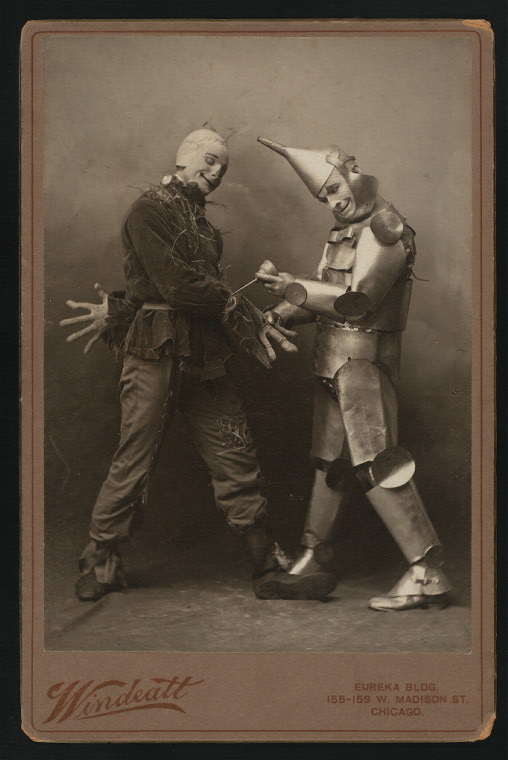“You must have read how
Batman first took charge of a young boy named
Dick Grayson...whose parents, The Flying Graysons of circus fame, had died in a tragic fall from their trapeze!
“Since that day, the mutual affection between this man and boy has been as strong as that between father and son!”
That’s the start of “Bruce Wayne Loses the Guardianship of Dick Grayson!”, a classic but badly-titled story in
Batman, #20 (cover date Dec 1943-Jan 1944). It came out of
Bob Kane’s apartment studio, with his pencils,
Jerry Robinson’s inking, and
George Roussos’s lettering bringing out a script by
Bill Finger.
And as far as I can tell, this was the first
Batman story based on exploring the legal relationship between Bruce Wayne and his ward Dick Grayson,
established in an afterthought back in 1940. In fact, back then the comics rarely mentioned Dick’s circus upbringing, the murder of Bruce’s parents, or what brought them together. Crime-fighting was just what they did.
But then Dick’s paternal uncle George shows up. (The whirling head effect in the first panel is a technique Kane brought from humor comics, his real love.)
It’s striking that Bruce says, “Not after all these years!” Dick has burst onto the scene less than four years before in real time, and in comic-book time Dick Grayson had barely aged. (There was
one birthday story.) The same balloon also establishes that Bruce sees Dick “like a son!”
Uncle George goes to court, requiring anguished testimony. Per
Reason for Robin, #4, Dick shows more emotion on the stand, but even Bruce is “strained” as he pulls out the word “love.”
But the judge decides that a “nightclubbing, shiftless, café society playboy” is no good guardian for a teenager and awards custody to Uncle George. The Dynamic Duo enjoy a panel of reminiscing…
That upper panel might be the first time the phrase “good soldier” appears in a Batman comic. It’s been echoing since
Frank Miller’s
The Dark Knight Returns. Back in 1943 it was an allusion to actual soldiers, of course.
I’m also struck by how Roussos chose to draw Bruce’s “Goodbye, kid, goodbye” in such small letters; that’s a very rare technique in 1940s superhero comics, and it again reflects Bruce’s feelings.
Bruce starts to mope around Wayne Manor (which in this era looks much bigger from inside than from outside). While complaining about unfairness as fervently as any thirteen-year-old, Bruce now calls Dick “the person I love the most!”
Being alone again even affects Bruce‘s work as Batman.
But after the fight Dick has to go back to his newfound relations. A few pages on, it becomes clear that Uncle George is simply trying to extort money from Bruce Wayne, offering him his own teen-aged boy for a mere million dollars. At the suggestion of
Alfred the butler, Bruce steps in as Batman. But without his partner, the criminals lure the Caped Crusader “into a man-trap!”
How bad do things look? Batman’s only back-up now is Alfred, and not the ex-special-forces Alfred of today. This was the original fat, comic-relief Alfred. But he knows where to get help: he knocks on Dick’s new bedroom window, and the two of them race off to rescue Batman.
The outcome of that fight hinges on one of the Penguin’s trick umbrellas—a detail established back in that panel of reminiscing. It wasn’t necessary to have read a lot of earlier Batman comics to follow this story. Nevertheless, Finger clearly created it for readers who were already fans of the Dynamic Duo and wanted to learn more about their relationship.
Finally, we have another scene in court, where the judge reverses himself.
Interestingly, this story doesn’t end with Dick’s uncle revealed as a complete fraud; it suggests that he really is a brother of the late trapeze artist John Grayson. I don’t think Uncle George ever resurfaces in the Batman mythos, though.
This story was successful enough that Finger wrote a variation on it in “The Trial of Bruce Wayne!”, published in
Batman, #57 (Feb-Mar 1950), with art by Dick Sprang. In this tale, a criminal whom Bruce somehow helped sent to prison seeks revenge by hitting the millionaire where it will hurt the most: he orchestrates a legal hearing to take away custody of Dick.
The crooks in this story attack Bruce instead of Batman, and there are no lost relatives for Dick. Once again, Bruce’s public persona as a shiftless playboy works against him. And in the end he calls the same character witness as before, only this time Finger has Batman speak to the court on panel. (Meanwhile, it appears that Bruce can’t be bothered to show up for his own hearing.)
The “Trial” story never rises to the emotional pitch of “Bruce Wayne Loses the Guardianship of Dick Grayson!”, but it’s a solid example of a story type that usually showed up about once a season: something threatening the partnership of Batman and Robin. I don’t think, however, there were any more stories about Bruce and Dick’s legal relationship, not even when Aunt Harriet appeared, until the 1980s.
COMING UP: The Jason Todd soap opera.














